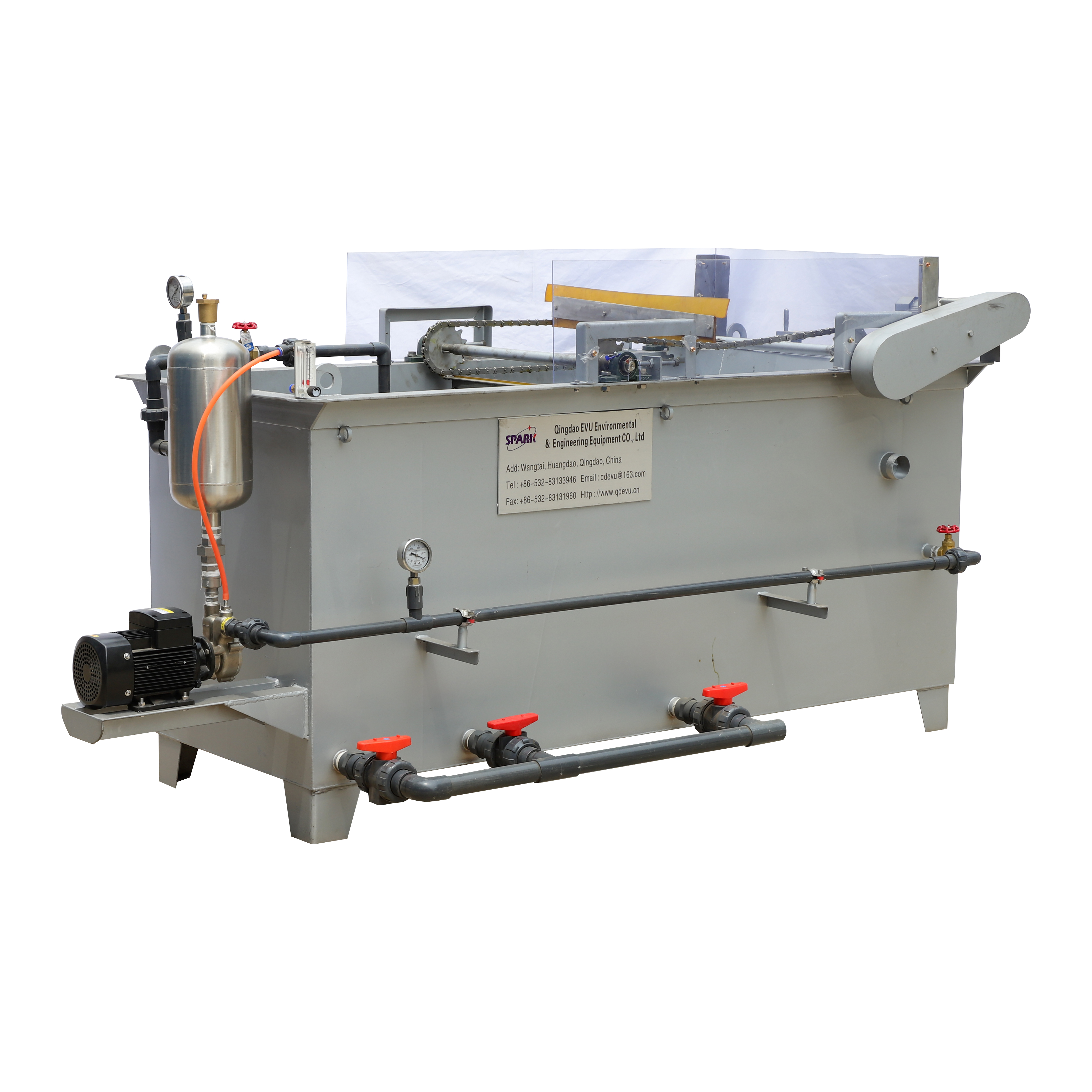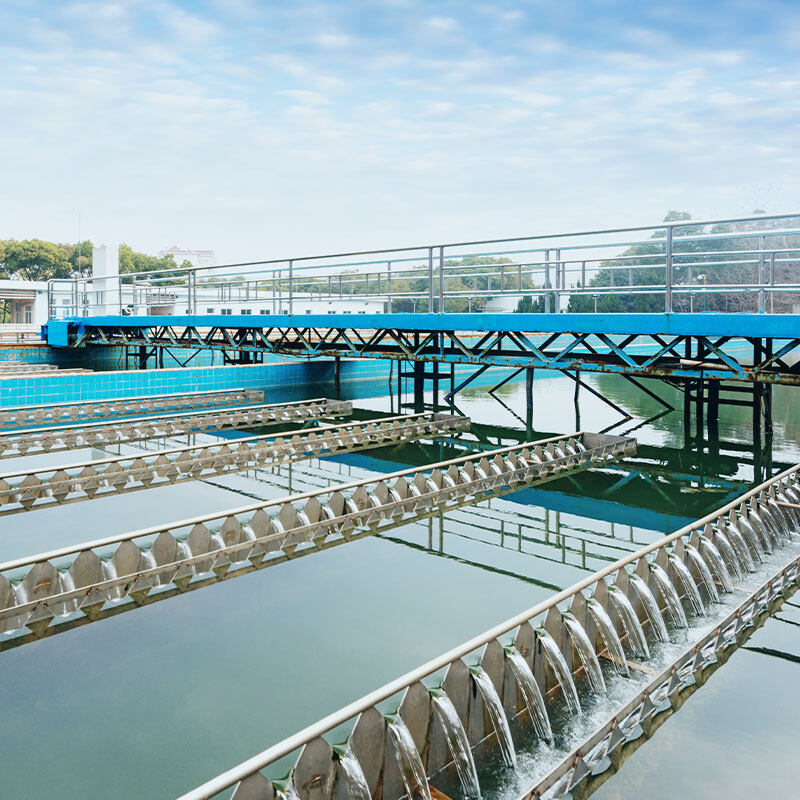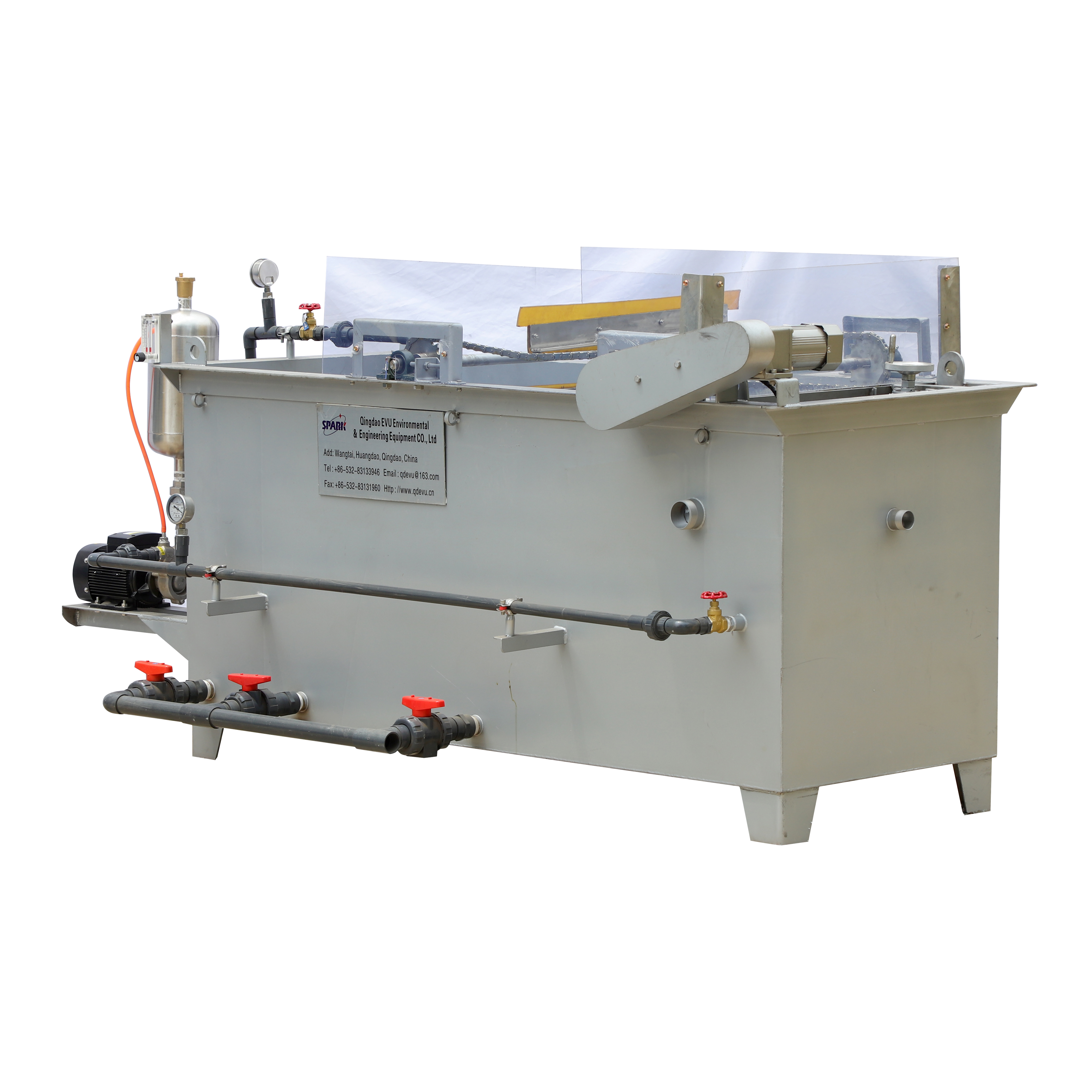Natural Sewage Treatment Plant: A Sustainable Solution for Wastewater Management
In today’s world, where environmental sustainability is paramount, the concept of natural sewage treatment plants is gaining traction. These innovative facilities utilize natural processes and ecosystems to treat wastewater effectively. This comprehensive guide explores everything you need to know about natural sewage treatment plants, their benefits, how they work, and their impact on the environment.
Understanding Natural Sewage Treatment Plants
What is a Natural Sewage Treatment Plant?
A natural sewage treatment plant, also known as a natural wastewater treatment system or ecological wastewater treatment, uses natural processes such as biological degradation and filtration to purify wastewater. Unlike conventional treatment plants that rely heavily on energy-intensive processes, these systems harness the power of nature to achieve purification.
Components of a Natural Sewage Treatment Plant
The treatment plants typically consist of several key components:
1. Constructed Wetlands: These are shallow basins planted with wetland vegetation like reeds and cattails. The plants and the soil help filter out impurities from the wastewater.
2. Ponds and Lagoons: These are large, shallow bodies of water where biological processes break down organic matter through anaerobic and aerobic reactions.
3. Sand Filters: Sand filters are used to remove suspended solids and organic matter from the wastewater as it percolates through layers of sand.
Advantages of Natural Sewage Treatment Plants
Environmental Benefits
1. Low Energy Consumption: Natural treatment systems require minimal energy compared to traditional sewage treatment plants, reducing carbon footprint.
2. Habitat Creation: Constructed wetlands and ponds create habitats for wildlife and promote biodiversity.
3. Chemical-Free: These systems often require fewer chemicals for treatment, resulting in less chemical pollution in water bodies.
Economic Benefits
1. Lower Operating Costs: Reduced energy and chemical consumption translate to lower operational expenses over the long term.
2. Scalability: Natural sewage treatment plants can be scaled up or down more easily than conventional systems, making them suitable for various community sizes.
How Natural Sewage Treatment Plants Work
Biological Processes
1. Biodegradation: Microorganisms present in wetland soils and water break down organic matter into simpler compounds like carbon dioxide and water.
2. Nutrient Uptake: Plants in constructed wetlands absorb nutrients such as nitrogen and phosphorus, reducing their presence in the treated wastewater.
Filtration Mechanisms
1. Physical Filtration: Sand filters and gravel beds physically trap suspended solids and particulate matter.
2. Chemical Adsorption: Certain plants and microorganisms can absorb heavy metals and other pollutants, effectively purifying the wastewater.
Design Considerations for Natural Sewage Treatment Plants
Site Selection
1. Hydrogeology: Understanding the local hydrogeological conditions is crucial for determining water flow and treatment efficiency.
2. Land Availability: Sufficient land area is required for constructing wetlands, ponds, and filtration systems.
Maintenance Requirements
1. Vegetation Management: Regular trimming and monitoring of wetland vegetation to ensure optimal treatment performance.
2. Monitoring Parameters: Regular testing of water quality parameters such as biochemical oxygen demand (BOD) and dissolved oxygen levels.
Case Studies: Successful Implementation of Natural Sewage Treatment Plants
Case Study 1: Arcata Marsh and Wildlife Sanctuary, California
The Arcata Marsh is a prime example of a natural sewage treatment plant that has been operational since 1986. It utilizes a series of treatment ponds and marshes to treat wastewater from the city of Arcata, achieving high-quality effluent suitable for reuse in irrigation and wetland habitats.
Case Study 2: Asker, Norway
The municipality of Asker in Norway has adopted natural sewage treatment systems in several residential areas. These decentralized systems incorporate constructed wetlands and small-scale ponds to treat wastewater locally, reducing the load on centralized treatment facilities and enhancing water quality in nearby streams and lakes.
Challenges and Future Trends
Challenges
1. Cold Climate Adaptation: Natural treatment systems may face challenges in colder climates where biological activity slows down during winter.
2. Public Perception: Educating communities about the effectiveness and safety is essential for acceptance and adoption.
Future Trends
1. Integration with Smart Technologies: Incorporating sensors and data analytics to optimize treatment processes and resource management.
2. Global Adoption: Increasing adoption as a sustainable alternative to conventional systems worldwide.
Conclusion
Natural sewage treatment plants represent a sustainable and eco-friendly approach to wastewater management. By harnessing natural processes and ecosystem services, these systems offer a cost-effective and efficient solution for treating wastewater while minimizing environmental impact. As communities and industries continue to prioritize sustainability, the role is expected to grow, paving the way for cleaner waterways and healthier ecosystems.
Whether you are exploring options for wastewater treatment in a community or seeking innovative solutions for industrial applications, understanding the principles and benefits is crucial. Embracing these technologies not only supports environmental conservation but also contributes to building resilient and sustainable communities for future generations.



